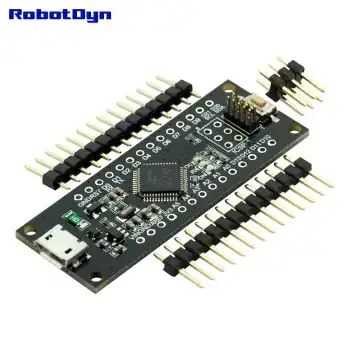I bought this SAMD21 development board which shows up as an "Arduino/Genuino Zero (Native USB Port)" when plugged in. And I've successfully got a blink sketch running on it all good so far:
The reason I picked up this board was to experiment with the built-in capacitive touch sensor on the SAMD21. In the datasheet for this chip it claims to support a 'Peripheral Touch Controller with 256-Channel capacitive touch and proximity sensing'.
Does anyone know what this exactly means and how I would access this functionality to detect touches in my Arduino code? Obviously there are not 256 IO pins so how would this work? Is there some kind of internal multiplexer?
The 256 channel capacitive touch controller is also mentioned in a Sparkfun video about their SAMD21 board, so it must be possible to access this functionality.
Can someone direct me towards an Arduino library or method and more information on the wiring and pin connections for this. Thanks.
